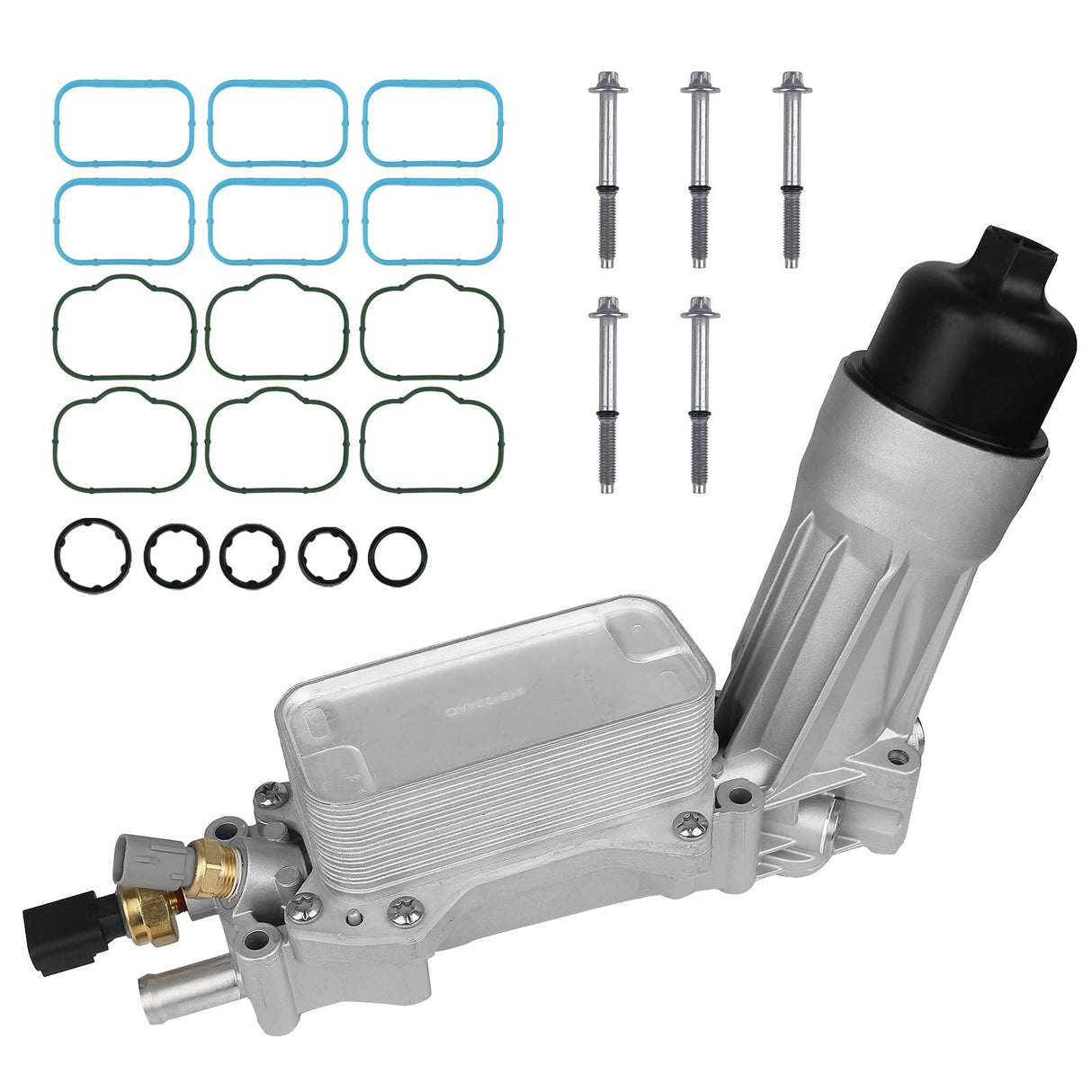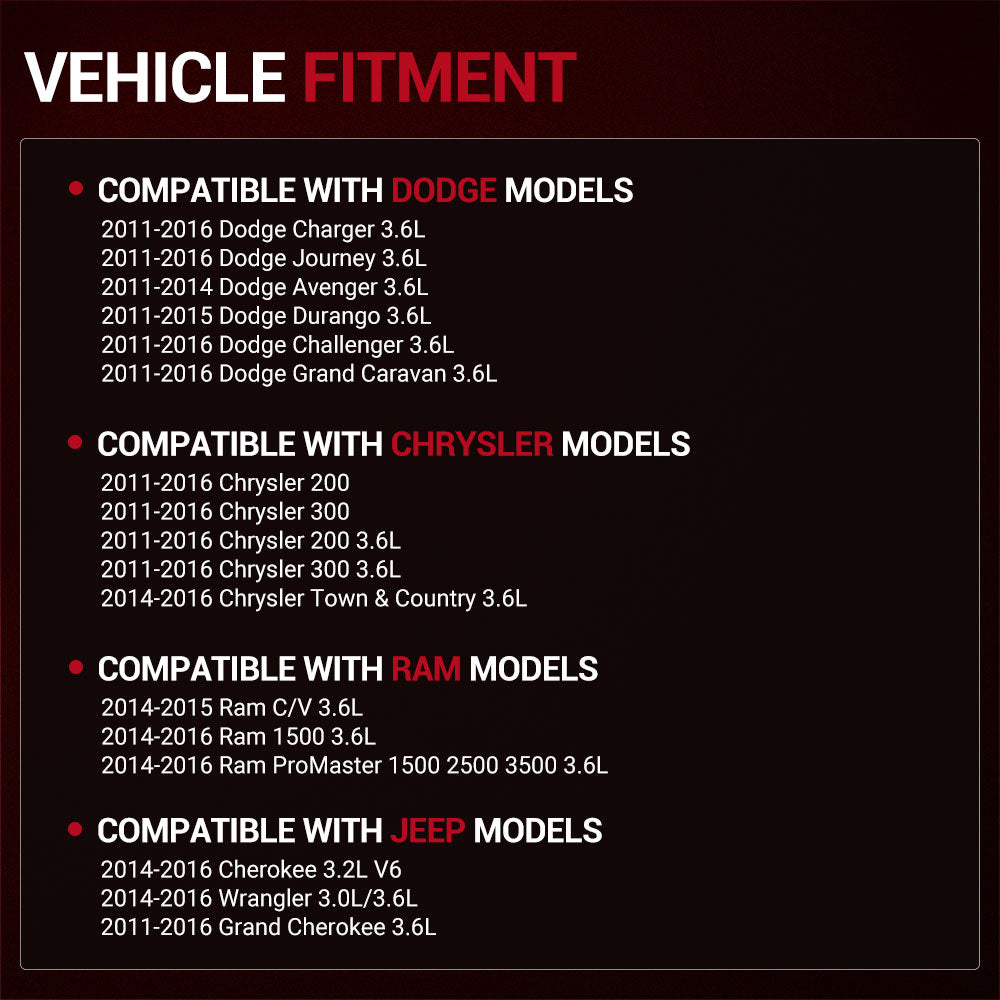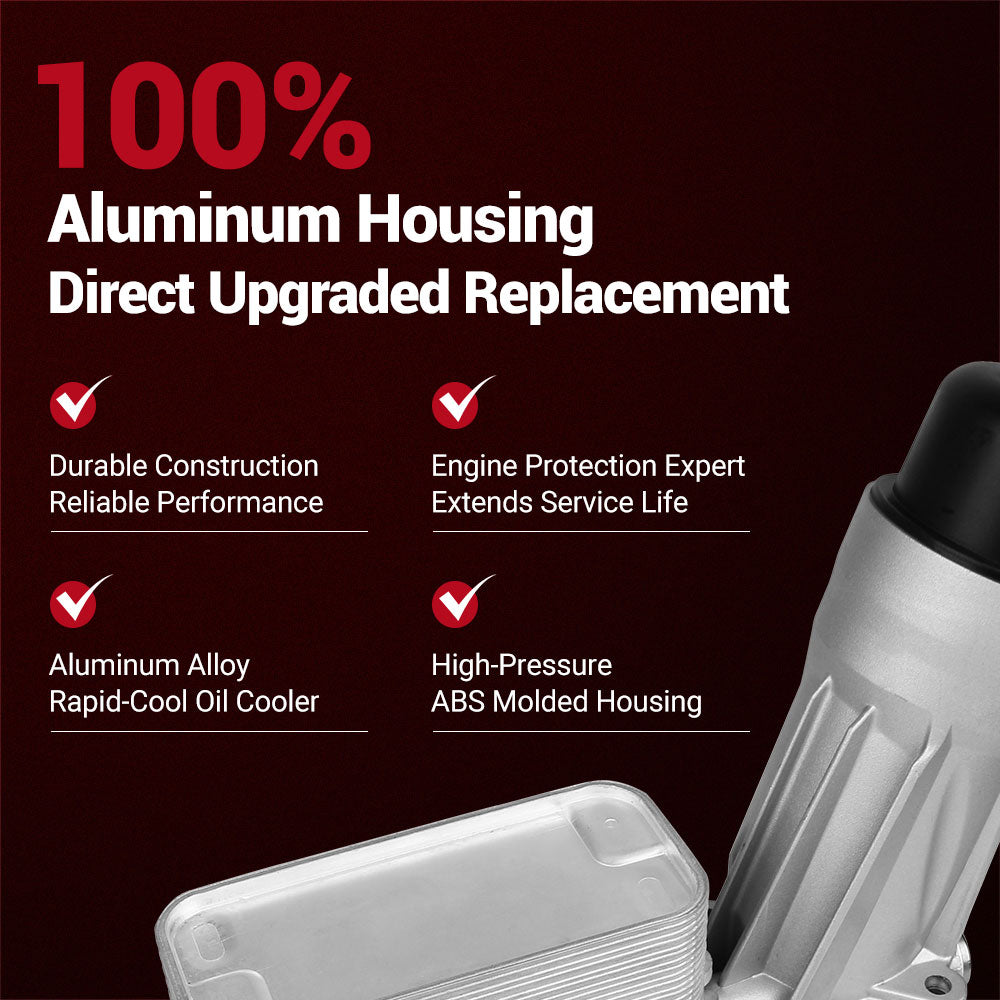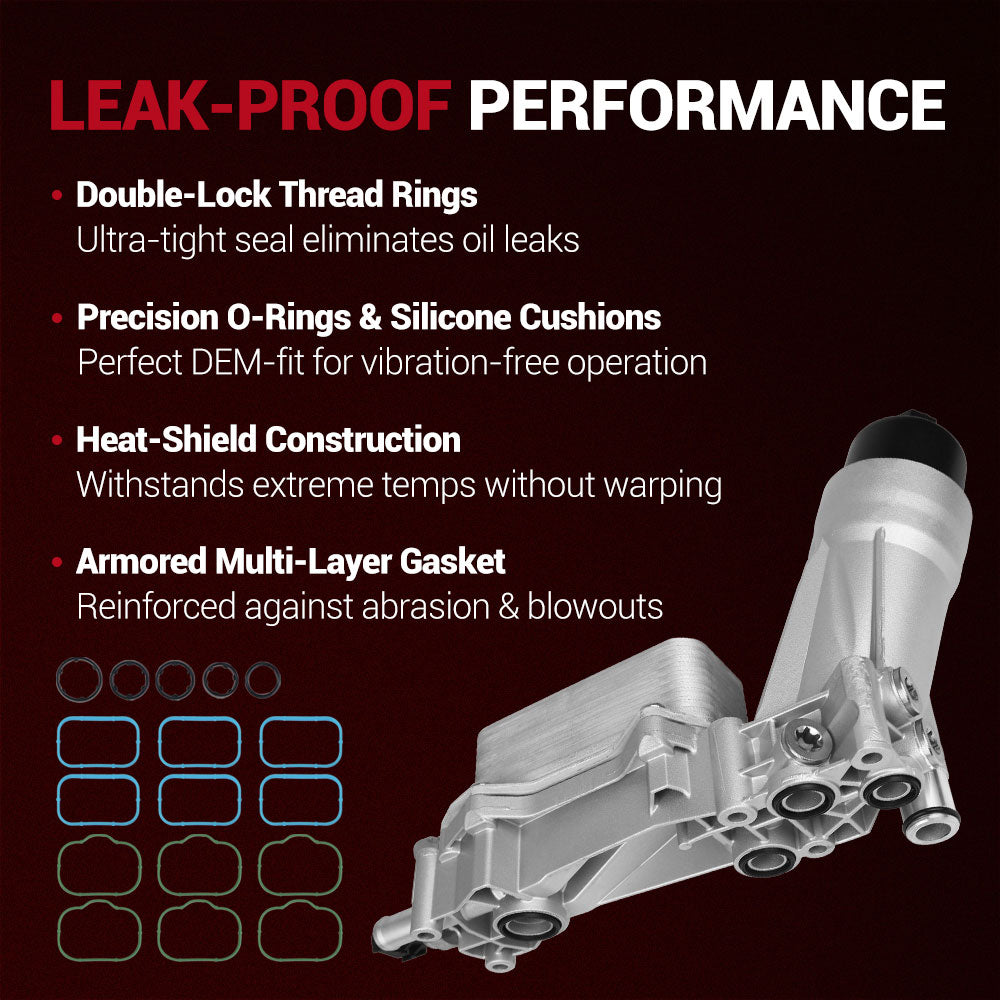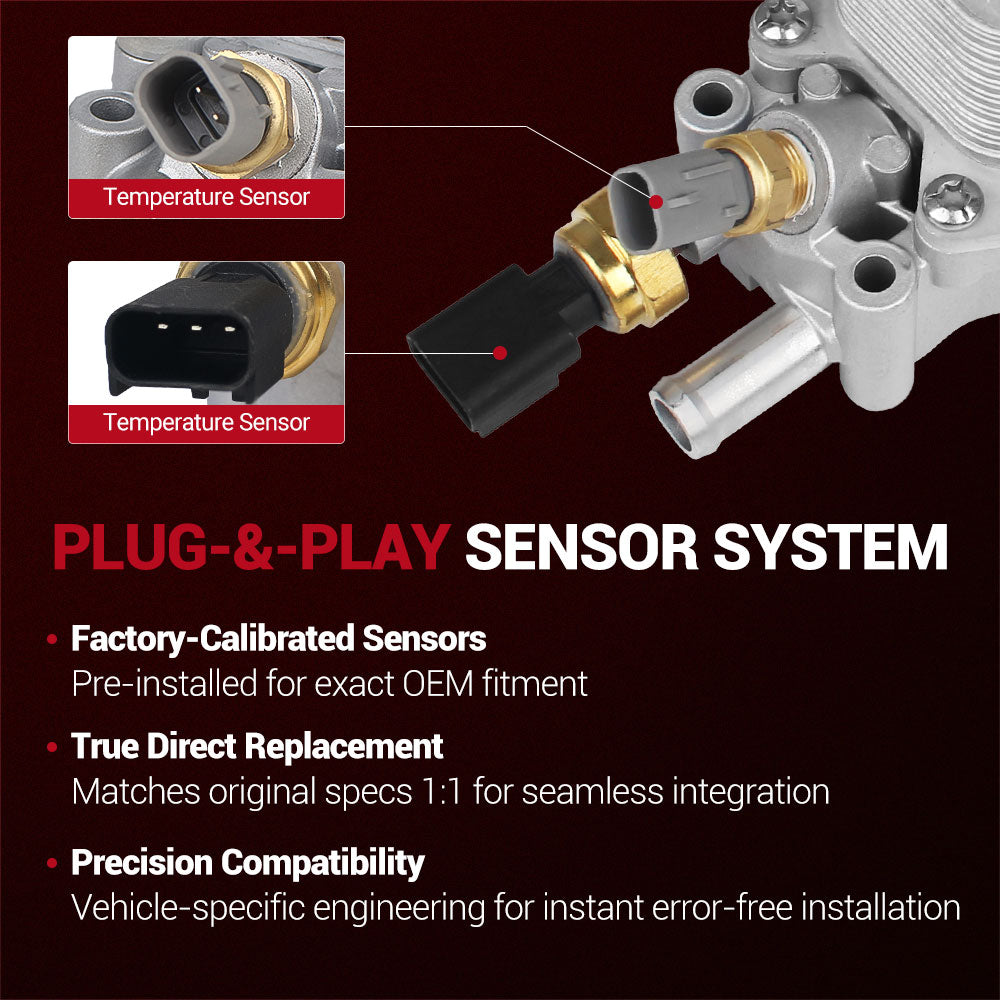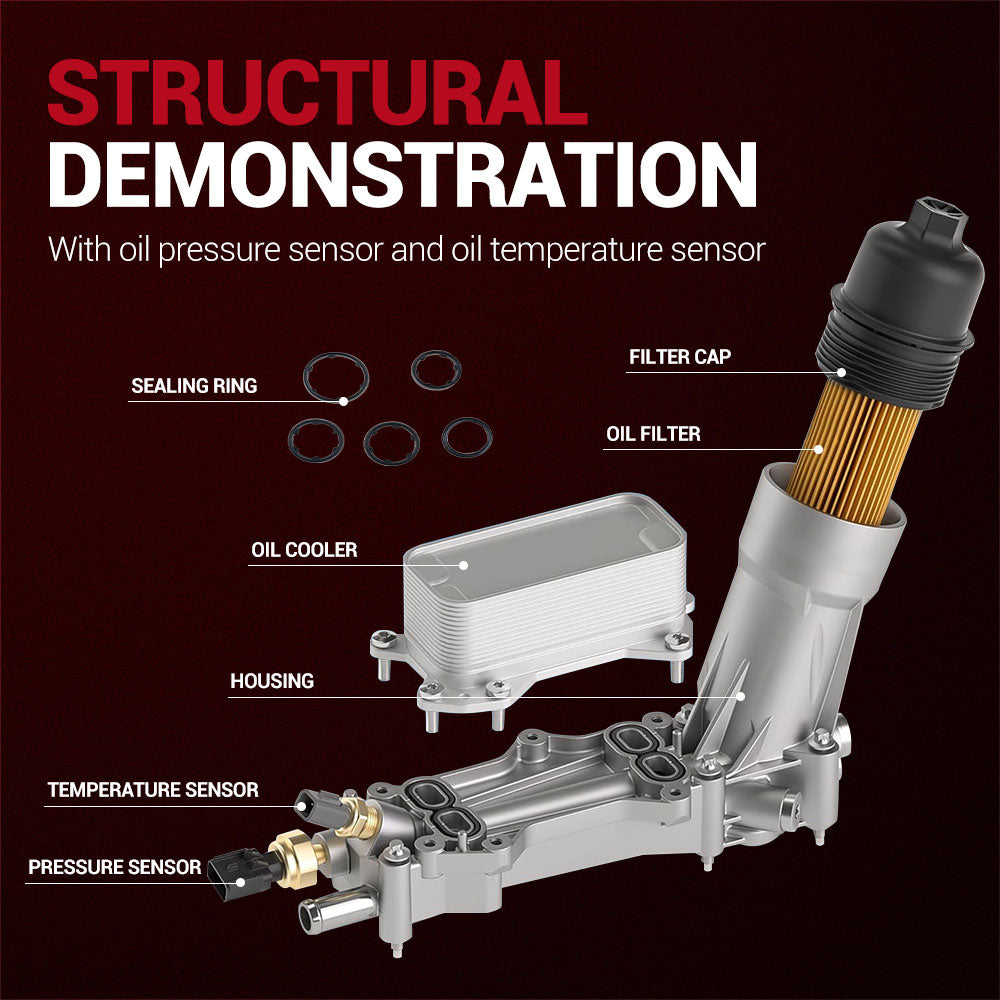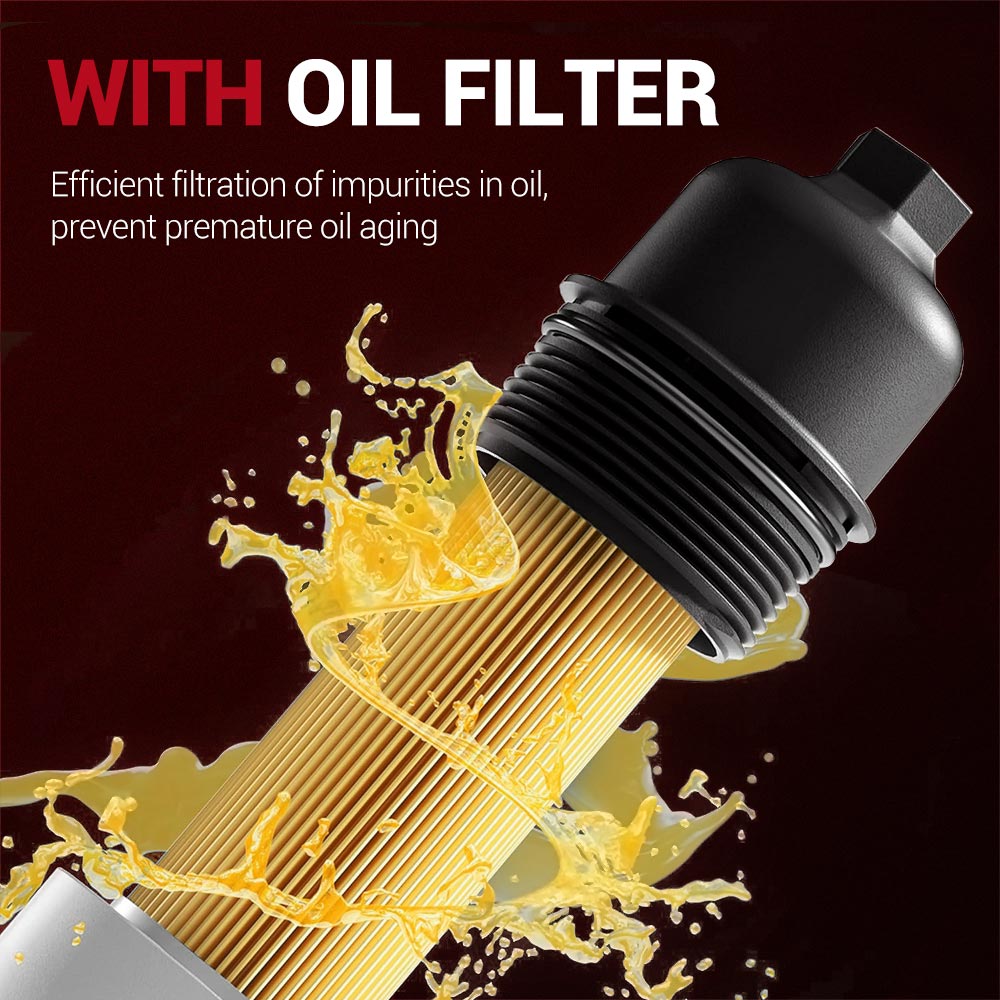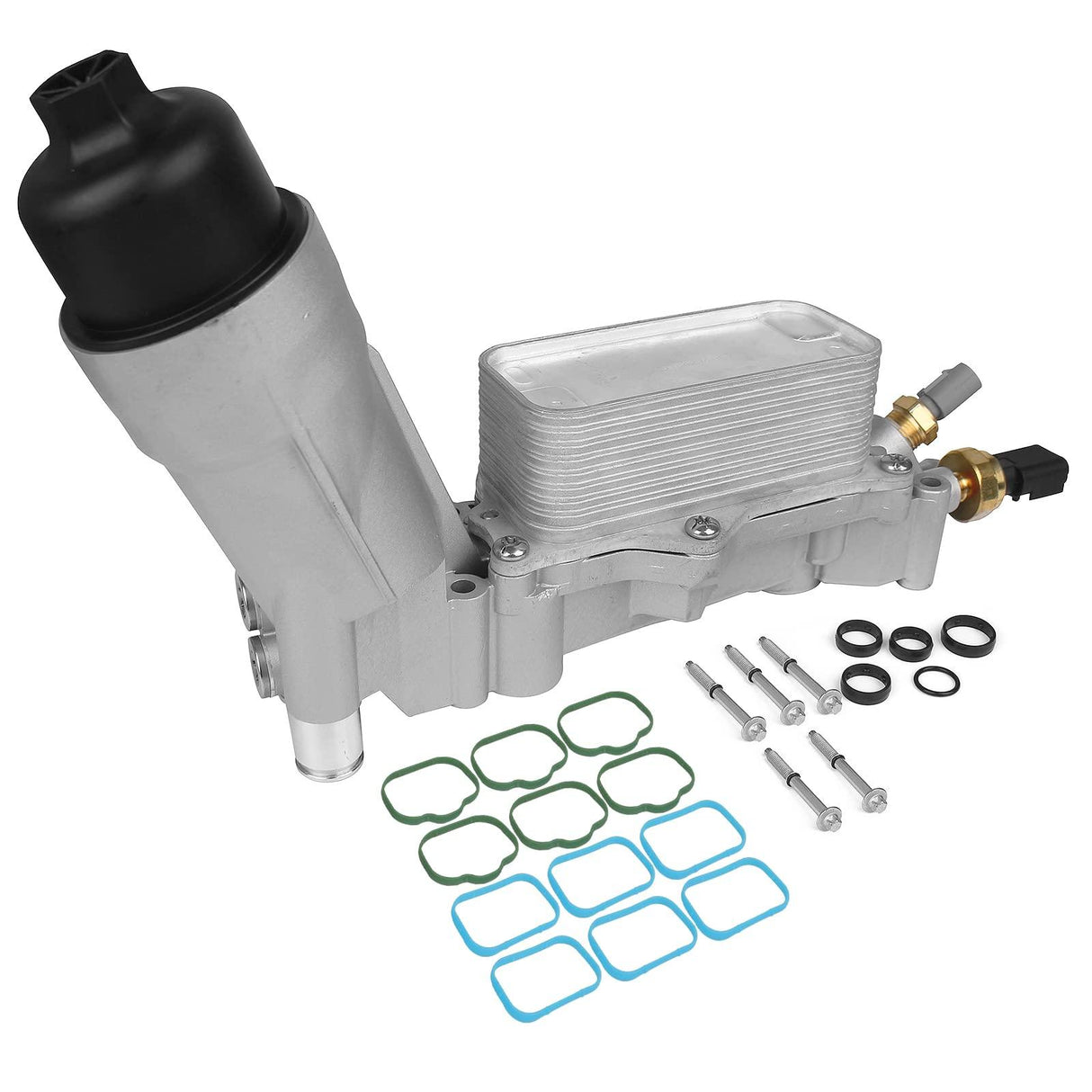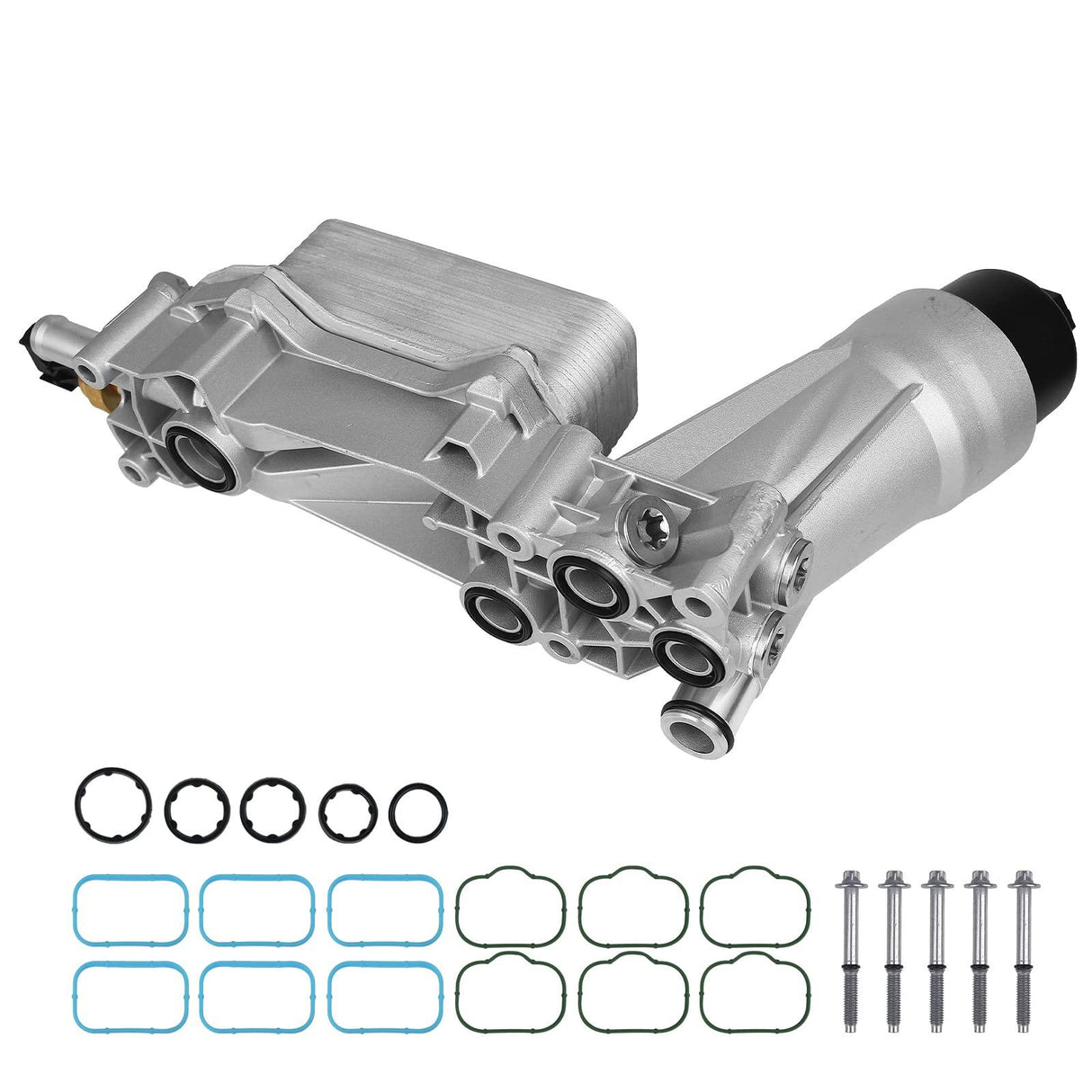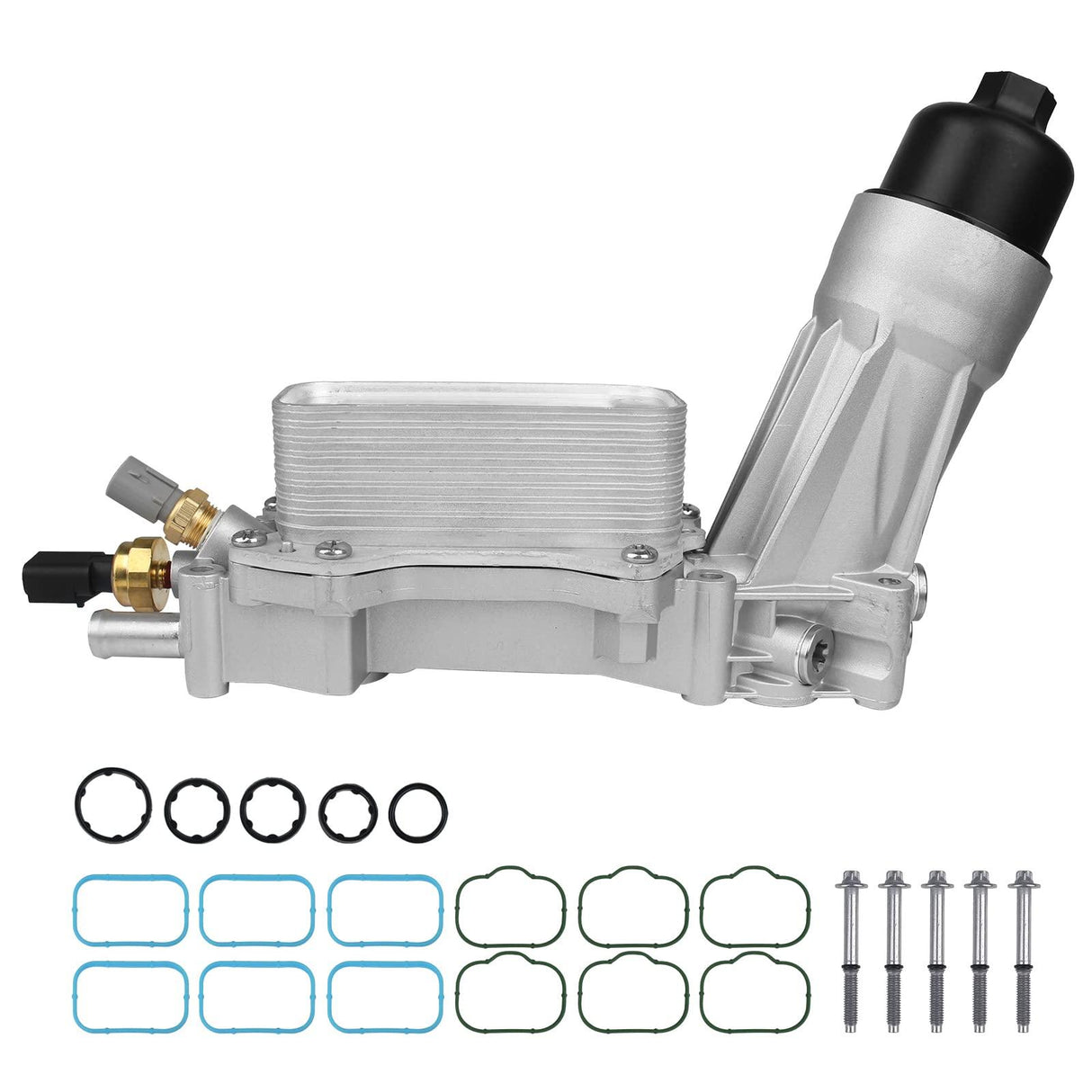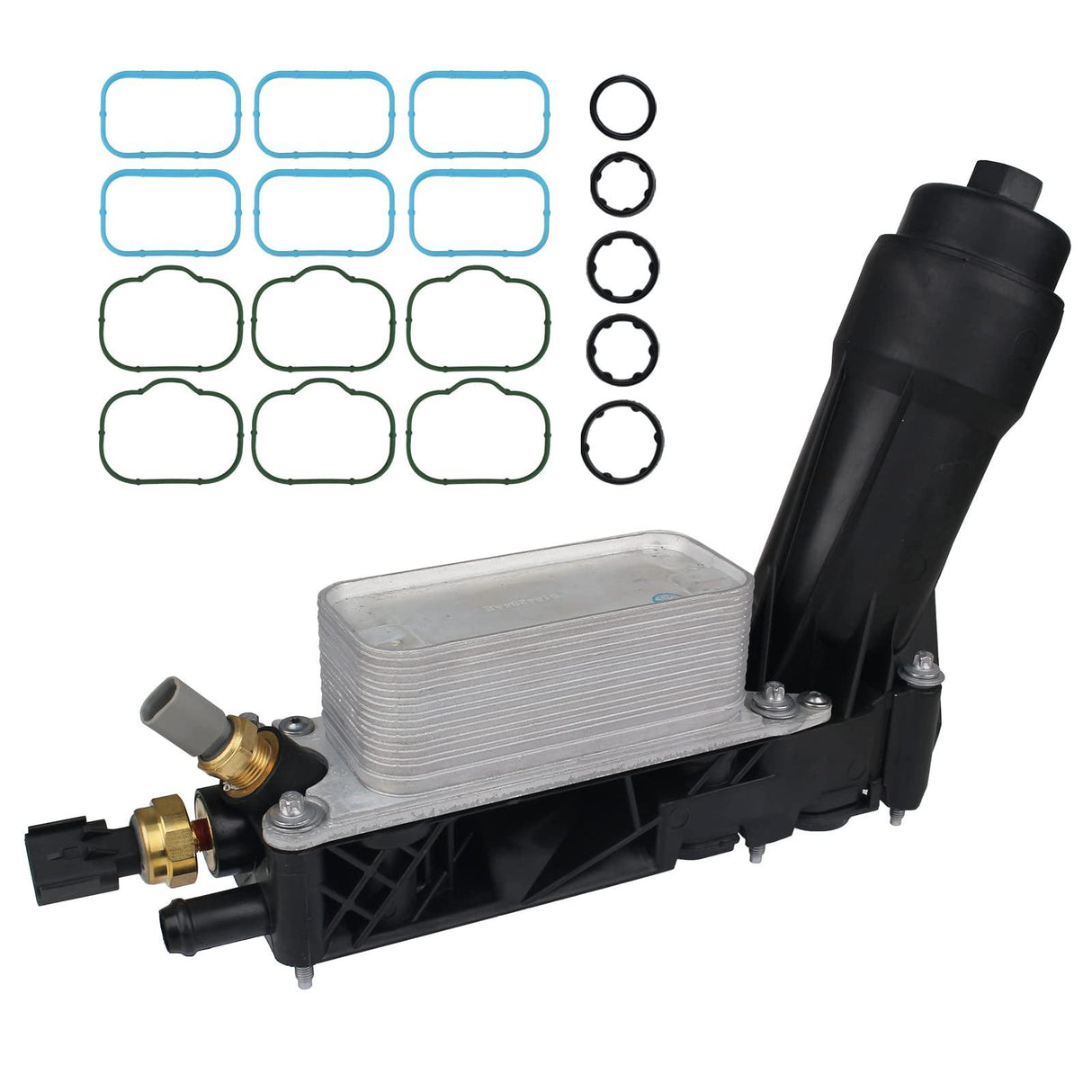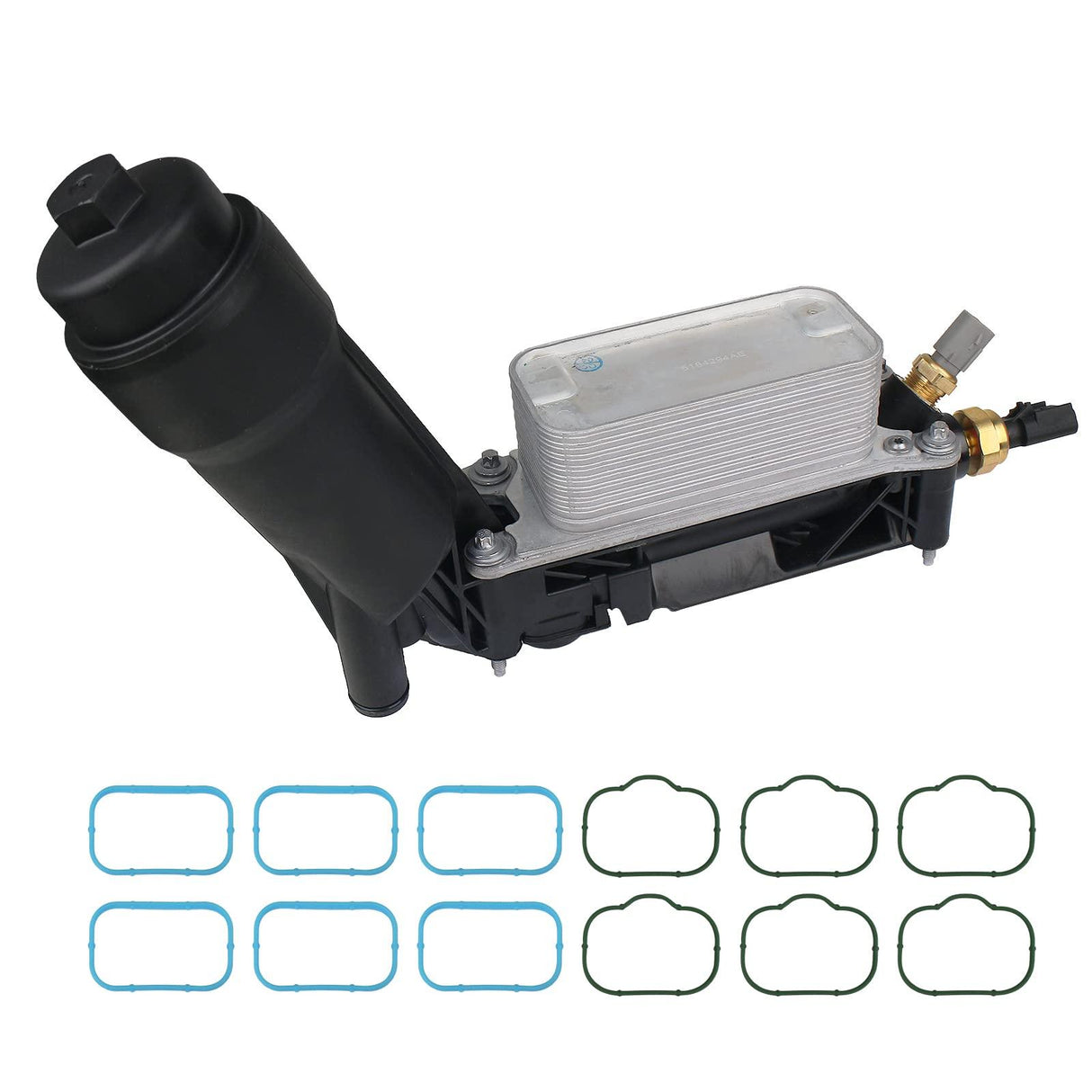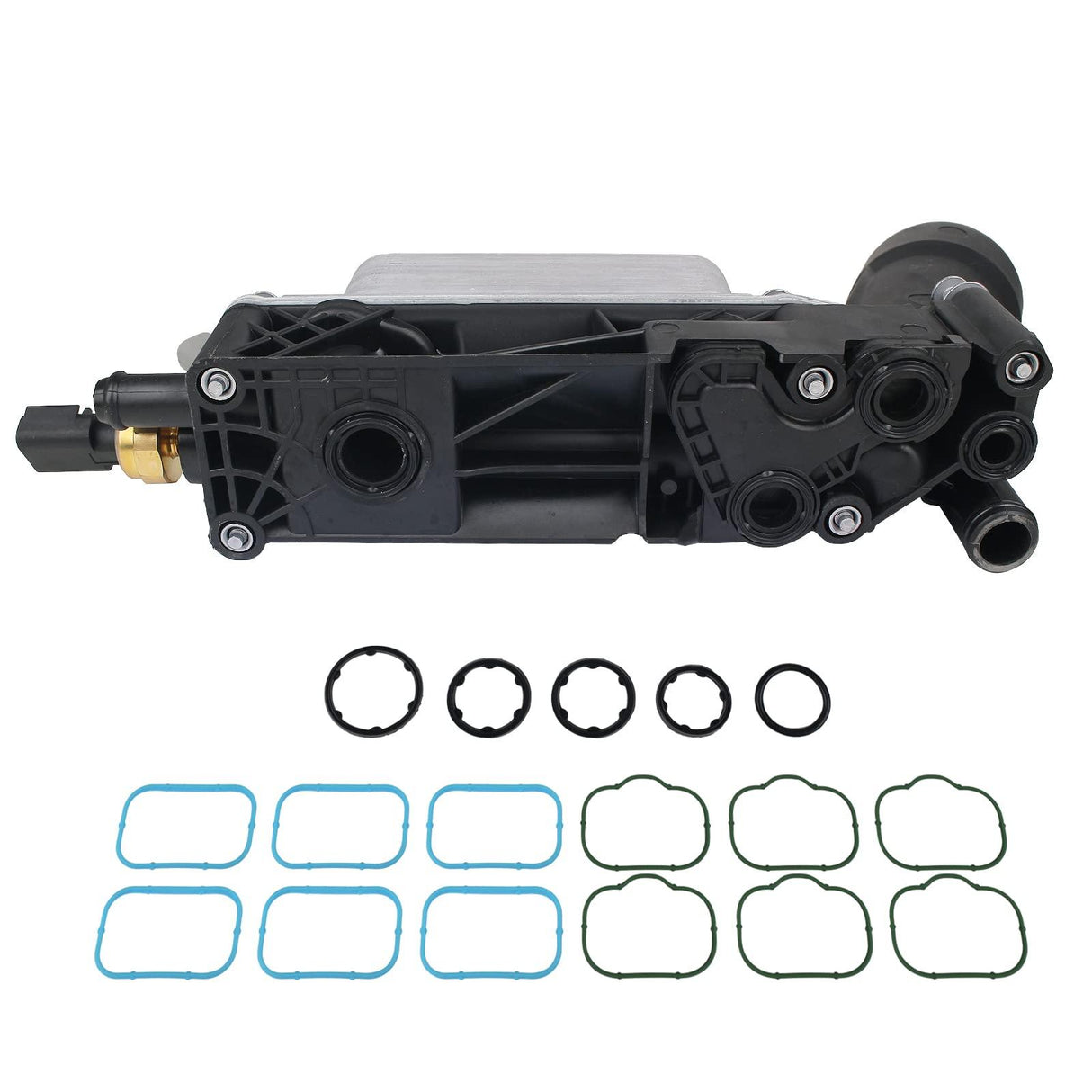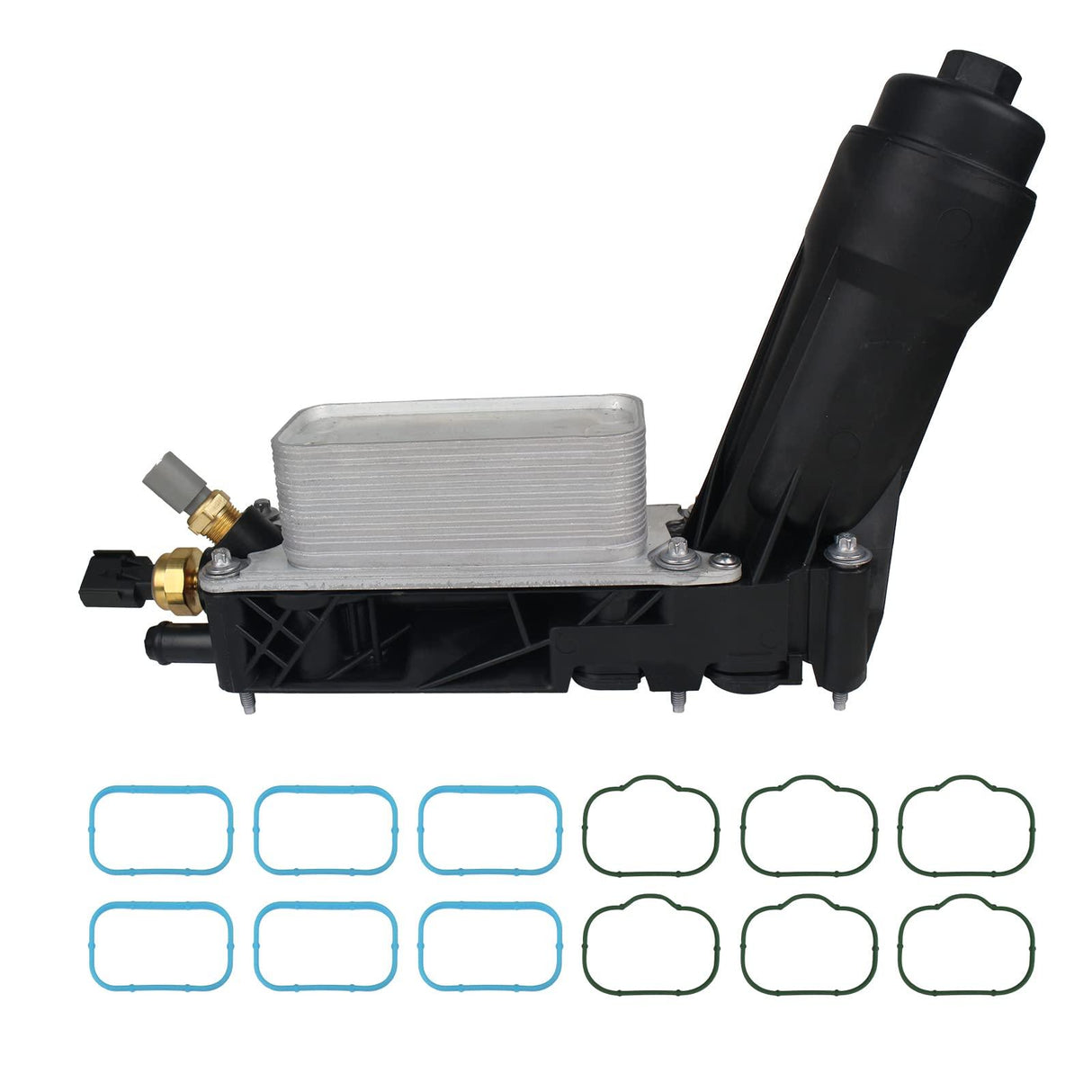Modern engines generate immense heat, especially under heavy loads or extreme driving conditions. To combat this, automotive engineers rely on two critical components: the engine oil cooler and the oil filter housing. Together, these parts ensure optimal lubrication, temperature control, and engine longevity. In this blog, we’ll explore how this powerful duo works, its benefits, and why it’s essential for your vehicle’s performance.
What is an Engine Oil Cooler with Oil Filter Housing?
The oil filter housing serves as the central hub for oil filtration, ensuring contaminants are removed before oil circulates through the engine. Integrated with it, the engine oil cooler acts as a heat exchanger, cooling the oil to maintain safe operating temperatures. This combination is common in high-performance vehicles, trucks, and modern engines where thermal management is critical.
Key Benefits of This System
-
Temperature Regulation
Oil thickens when cold and thins when hot, affecting lubrication. The oil cooler stabilizes oil temperature, ensuring consistent viscosity for peak engine performance. -
Extended Engine Life
Overheating oil breaks down faster, losing its protective properties. A cooler prevents thermal degradation, reducing wear on engine components like pistons and bearings. -
Improved Efficiency
Cooler oil reduces friction, enhancing fuel economy and power output. This is especially crucial for turbocharged engines or towing applications. -
Space-Saving Design
Integrated oil filter housings with built-in coolers simplify the engine layout, reducing leaks and maintenance complexity. -
Protection Against Contaminants
The oil filter housing traps dirt, metal particles, and sludge, while the cooler prevents oil oxidation caused by excessive heat.
How Does an Engine Oil Cooler Work?
Most oil coolers use one of two designs:
- Air-Cooled: Utilizes fins and airflow (like a radiator) to dissipate heat.
- Liquid-Cooled: Circulates coolant from the engine’s cooling system to transfer heat away from the oil.
The oil filter housing directs oil through the cooler before it reaches critical engine parts, ensuring contaminants are filtered and temperatures stay within safe limits.
Signs Your Oil Cooler or Filter Housing Needs Attention
- Rising Oil Temperatures: Dashboard warnings or abnormal gauge readings.
- Oil Leaks: Visible residue around the housing or cooler lines.
- Poor Performance: Reduced acceleration or engine knocking.
- Discolored Oil: Dark, sludgy oil indicates overheating or contamination.
Regular maintenance, including oil changes and inspecting the cooler/filter housing for blockages, is key to avoiding costly repairs.
Choosing the Right Oil Cooler & Filter Housing
When upgrading or replacing these components, consider:
- Material Quality: Aluminum housings offer durability and better heat dissipation.
- Compatibility: Match the cooler’s capacity to your engine’s requirements.
- Design: Opt for OEM or aftermarket systems with leak-resistant seals.
For turbocharged engines or heavy-duty use, prioritize high-capacity coolers with robust filtration.
The engine oil cooler and oil filter housing are unsung heroes in your vehicle’s longevity and performance. By regulating temperatures, filtering harmful particles, and maintaining oil integrity, this system protects your engine from premature wear. Whether you’re a daily driver or a performance enthusiast, investing in quality components and regular upkeep will pay dividends in reliability and efficiency.
Pro Tip: Always consult your vehicle manual or a trusted mechanic to ensure your oil cooler and filter housing meet your engine’s specifications.
Upgrade your engine’s protection with our premium High-Performance Oil Cooler & Filter Housing Combo! Engineered for durability and precision cooling, our OEM-grade components ensure optimal temperature control, leak-free operation, and extended engine life. Perfect for daily drivers and high-performance builds alike.





